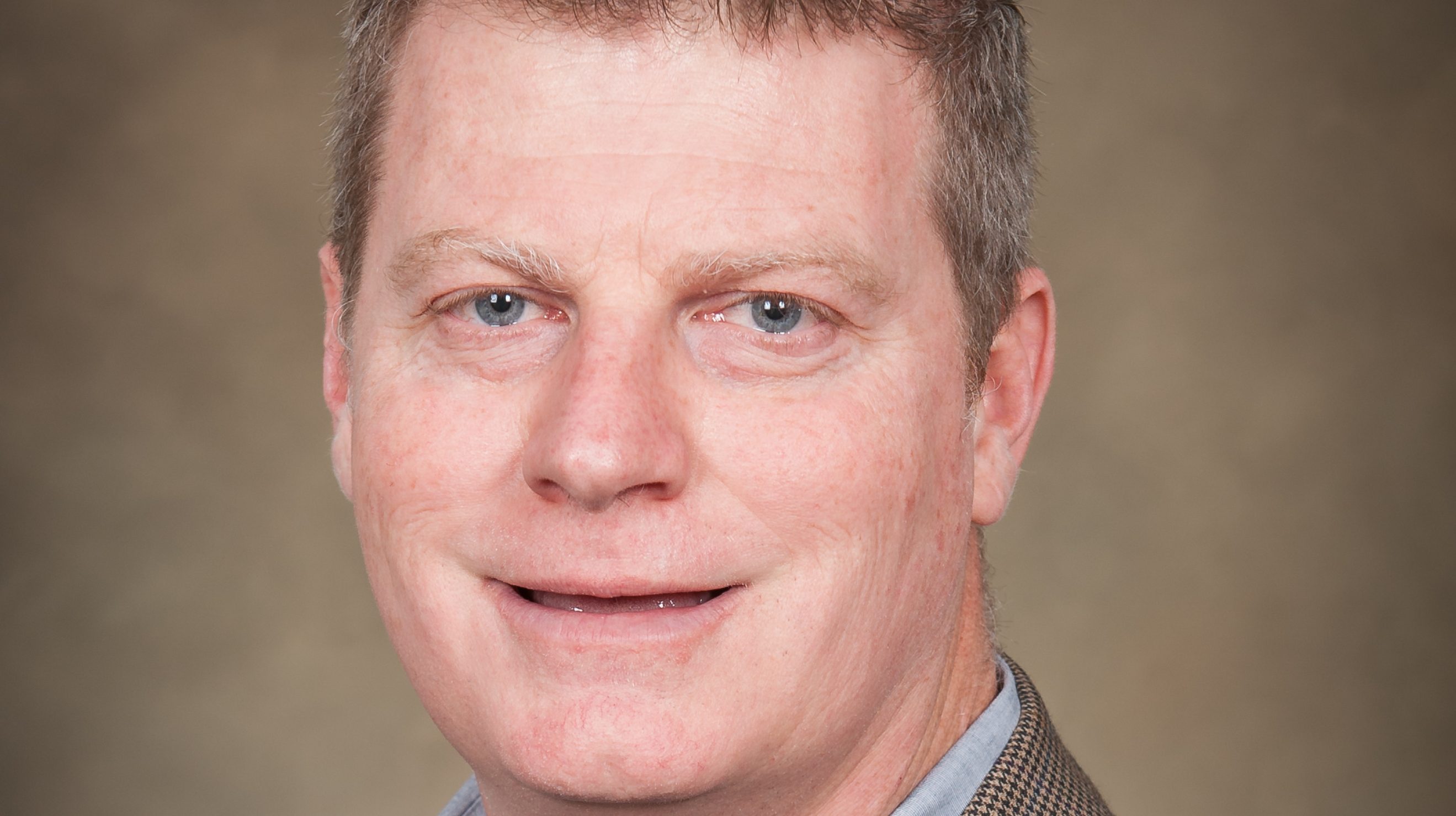
An earth-systems scientist at The University of Alabama assisted a large research project in the Arctic that shows the region could increase carbon dioxide emissions after millenniums of holding it beneath the frozen surface.
“Global systems interact, so carbon dioxide released from the Arctic will not stay there, but diffuse all over the globe,” said Dr. Gregory Starr, UA professor of biological sciences. “If the ecosystem increases carbon emissions in the atmosphere, it will enhance climate change and increase the speed at which it is occurring.”
Arctic regions have captured and stored carbon for tens of thousands of years, but a new study shows winter carbon emissions from the Arctic may now be putting more carbon into the atmosphere than is taken up by plants each year. The study, published in Nature Climate Change, warns that winter carbon dioxide, or CO₂ loss from the world’s permafrost regions, could increase by 41% if human-caused greenhouse gas emissions continue on their current pace.
The project was led by Dr. Sue Natali with Woods Hole Research Center in Massachusetts, and Starr was one of several dozen co-authors of the paper.
“We’ve known that warmer temperatures and thawing permafrost have been accelerating winter CO₂ emissions, but we haven’t had a clear accounting of the winter carbon balance,” said Natali, director of arctic program for Woods Hole.
“These results, which provide a new baseline for winter CO₂ emissions from the Arctic, indicate that winter CO₂ loss may already be offsetting growing season carbon uptake, and these losses will increase as the climate continues to warm.”
Researchers synthesized on-the-ground observations of CO₂ emissions to assess current and future winter carbon losses from the northern permafrost regions. They estimate a contemporary loss of 1.7 million metric tons of carbon from the permafrost region during the winter season, which lasts from October through April. That loss is greater than the average growing season carbon uptake for this region estimated from process models (1.0 million metric tons of carbon taken up per year). Extending model predictions to warmer conditions in 2100 indicates that winter CO₂ emissions could increase 17% under a moderate mitigation scenario, but could rise 41% under a business-as-usual emissions scenario.
Permafrost is the carbon-rich frozen soil that covers 24 percent of Northern Hemisphere land area. Across the globe, from Alaska to Siberia, permafrost holds more carbon than has ever been released by humans. Right now, permafrost keeps carbon safely locked away, but as global temperatures warm, permafrost thaws and releases greenhouse gases to the atmosphere. Carbon from thawing permafrost had been omitted from many models and reports that informed international climate policy.
“Given the rapid pace of warming in the Arctic there is an urgent need to expand monitoring networks and to tightly link these observations to models to help guide decision making,” Natali said. “This study highlights the need to greatly reduce fossil fuel emissions in order to keep permafrost region carbon from entering into the atmosphere.”
Starr provided data he and post-doctoral researchers from UA collected from Alaska as part of another, earlier project funded by the National Science Foundation. As part of that work, Starr gathered the winter respiration data of plants beneath the snow in the winter.
This study was supported by NASA ABoVE and conducted in coordination with the Permafrost Carbon Network and more than 50 collaborating institutions.
(This story was adapted from information provided by Woods Hole Research Center.)
